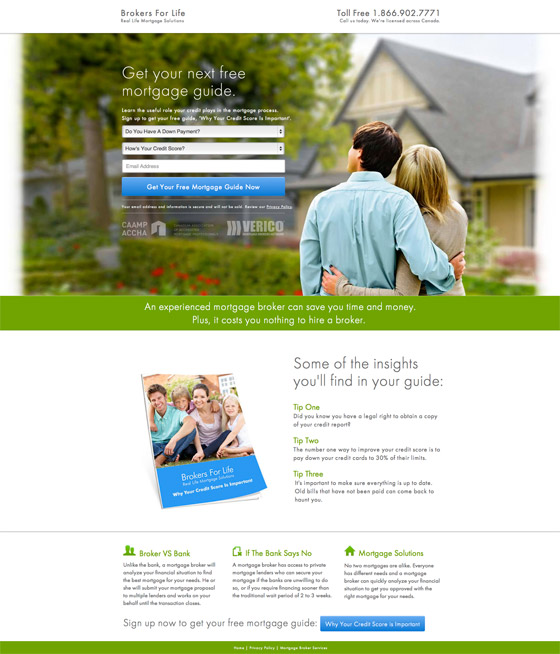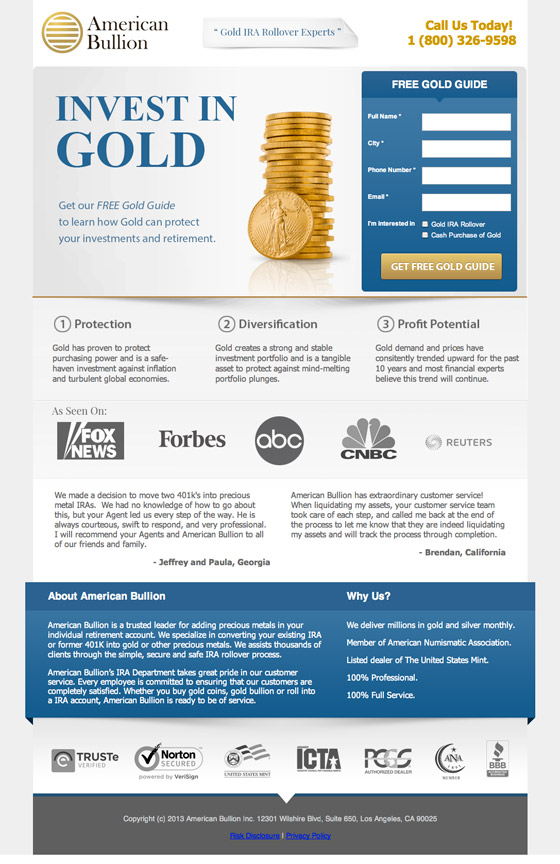An idea, a business, a brand, a product, and a service all share a common goal of creating value, solving a problem and presenting an improved way of doing things. If your idea doesn’t accomplish one of the above then what is its purpose? Who better to get feedback from to validate your start-up idea then the customers you are trying to target? There are a few ways you can do this including creating specific landing pages with unique domain names and using open source testing.
Entrepreneurs know that ideas come and go, and not all of them are worth pursuing. Building a landing page to gauge interest and validate your start-up idea is more time and cost effective than building an entire business or brand around it. At this stage in the process, your time is an investment and you don’t want to spend more time than necessary building your landing pages so here are some pointers to keep you on track.
Define your goal
The purpose of building these landings pages is to determine if your idea is of value to the customers you are targeting. Your Key Performance Indicator (KPI) should be based on your call to action, such as an email signup so you can then define and validate your start-up idea as a visitor’s willingness to give you their email address in exchange for future updates on your idea.
Make the path clear
Landing pages are different than ordinary pages on a website and even 1-2 page websites because landing pages have one clear goal and outcome versus websites which have multiple. There is a science behind building landing pages. Landing pages remove any obstacles that divert visitors away from the defined conversion goal, including removing any navigation and outbound links.
Educate and sell with your copy
Most of your time developing your landing page should be spent on your copy. Landing page platforms like Unbounce offer beautiful designs you can easily adapt so you can spend more of your time and investment writing compelling copy to educate visitors on your idea and selling them on subscribing for future updates. Clear and descriptive headlines, copy that makes it clear what they will get from subscribing, and specific call to action buttons- no more submit CTA buttons!
Here are some examples of well-done landing pages as critiqued in this Unbounce article.
A/B test
Landing page platforms will have features for you to create variations for A/B testing. Test your copy, test different CTA buttons, landing page flow and elements like the use of lightboxes to show extended content without leaving the page. Small alterations can make a huge difference in the success of your landing pages.
Get feedback
An open source feedback community like UsabilityHub allows remote users to test your ideas (in this case landing pages) to help you make confident design decisions. UsabilityHub offers different types of tests including question tests, five-second tests, click tests, navigation tests, and preference tests. Depending on how simple or complex your landing page is, the question test or five-second test is best for the purpose of testing the success of your landing pages. You can use this platform to find an audience to validate your start-up idea or you can use it as a resource to work out any kinks before you launch.
Add a custom domain
Landing page services like Unbounce are great at taking care of everything up to design, however, if you are serious about your idea and want to target a specific market you could invest in popular startup and industry-specific extensions like .ai domain or .io domain.
Define what your success will be whether it is 25% conversion and 100-200 signups from direct traffic. Are you meeting this? Is your business idea worth pursuing? If so, you’ll need to start planning and budgeting, which includes researching trademarks and registering a domain name for your website. Getting a head start on this process with your landing page is a good idea because the last thing you would want is for someone to learn about your idea from your landing page and then register the domain name for your future and potential brand.
Beware of sharks- register a custom domain for your landing page, validate your idea and launch your business.


